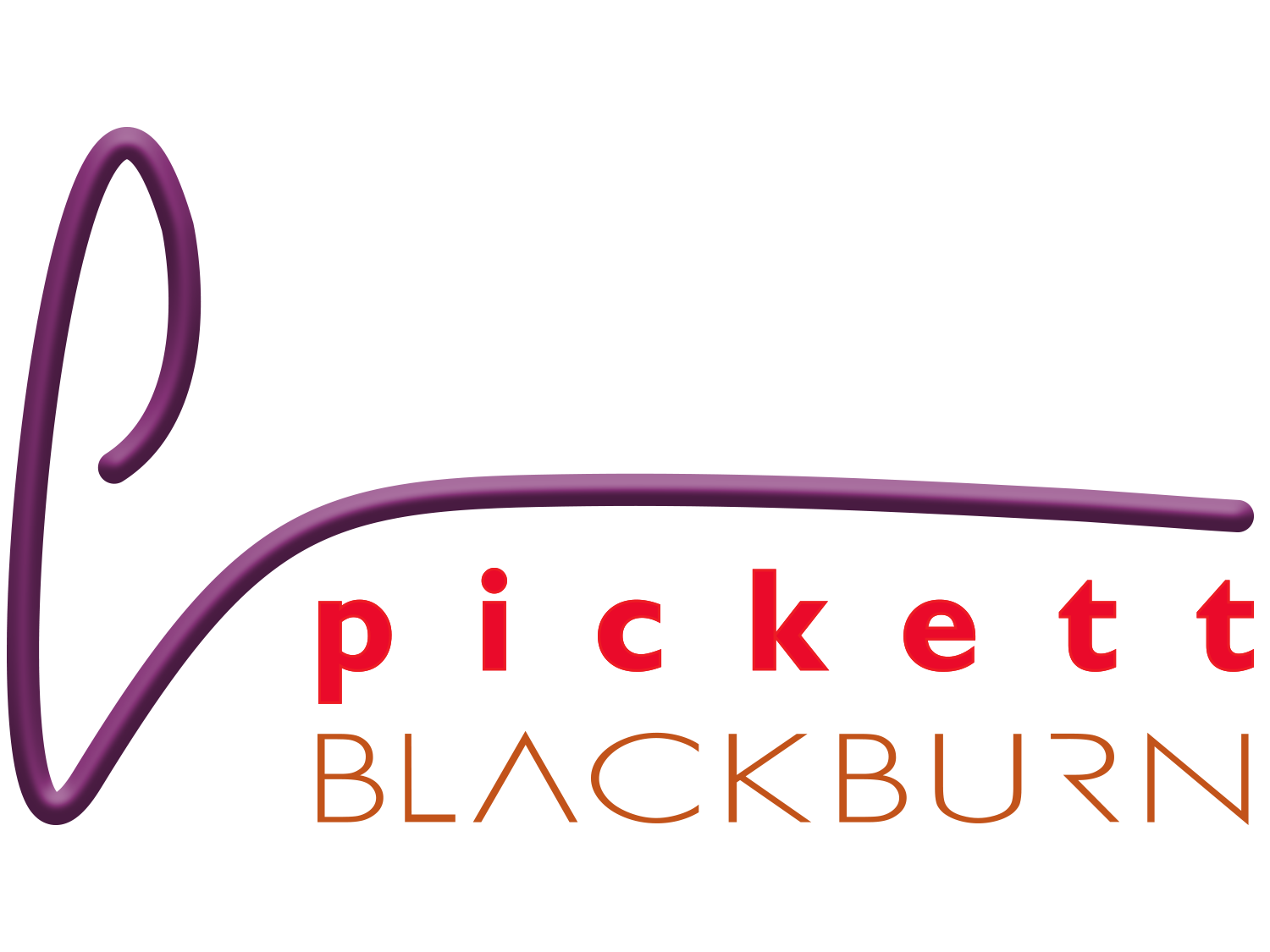Two Quick Factors for Commercial Music Success!

Mindset!
Being mentally fragile is arguably the number-one hurdle to overcome for a successful trumpet performance. When entering the commercial world for the first time, I noticed that I was not prepared mentally or physically. When you are the only trumpet player onstage in front of thousands of people, you can’t afford to be timid. You must be confident in the abilities you have gained during the countless hours of practice and musical preparation. Symphonies and classical chamber groups around the nation are struggling financially, as are jazz ensembles and big bands. Yet commercial musicians always seem to find work. They are the “jack-of-all-trades” of the music business. A good commercial musician who can command many styles on his or her instrument will always be in demand. Specialists who can perform only one style are not hired as often and endure more financial struggles.

Mouthpiece Choice!
The perception that a shallower trumpet mouthpiece will play higher notes is an inaccurate one. The balance between resistance and cup volume is critical in creating the parity needed to help in the upper register. In many cases, shallower cups offer more resistance than deeper cups. This can offer the ability to play higher with greater ease. Other variables that must be considered are rim thickness, cup shape, outer and inner bite, cup depth, throat entrance, backbore size, and length. If you aren’t sure what you want to accomplish with mouthpiece choice, consult a private teacher or a knowledgeable trumpet player. Most commercial or crossover professionals prefer between a 1.5 and 7 rim width, which are equivalent to Bach mouthpiece numbers. There are specialists who fall outside of these rim diameters, but between a 1.5-7 is what most players prefer. Within the 1.5–7 rim size, multiple variations are used, and the mouthpiece backbores and throat openings are altered to create different mouthpiece resistance. Commercial specialists tend to use smaller rims, but crossover players often prefer a slightly larger rim diameter.
Throughout my mouthpiece journey I have fallen between that 1.5 - 5 rim size range as I cross over between styles often. When I was young ( 18 - 21 years old) I used a Monette B2 mouthpiece for classical playing and a custom (unknown) mouthpiece for jazz playing. I'm not sure of the brand, but the unknown mouthpiece was around a 7E range in size. This setup worked, but I was still experiencing issues when switching as the Monette and the unknown mouthpiece were much different sizes. So, during my masters degree at Michigan State I started using Curry and Laskey branded mouthpieces. My setup on these models were much closer to the 2- 3 range, so this assisted greatly in switching styles quickly. At that time most of my commercial playing was pit work and pops concerts, so no heavy lead was needed at this time. When I moved to Kentucky the commercial music opportunities were much more than East Lansing, Michigan. The dance band scene was busy as Lexington has corporations like Lexmark, CocaCola, FedEx, Amazon, horse farms, and other businesses routinely holding parties. I needed to quickly switch to a more efficient setup as I was gigging 3 nights a week in bars, clubs, or private parties. At this time Peter Pickett just started making mouthpieces, so we made a few custom options and the rest is history. I would say that now 90% of all of my gigs are of the commercial side of playing.
For the past 4 years Iv'e used the Pickett Doc top with our #4 backbore for 90% of my playing. If I do need a classical or more legit setup I do have a custom 1.25C Pickett mouthpiece that works well. The Doc lead cup with our Pickett #4 backbore pairs well with my Blackburn Lux trumpet. The mouthpiece must match the trumpet and player. The mouthpiece is only part of the equation.


